The Problem with the Way We’re Training Custodial Workers Today
So he could afford his daughter’s tuition at a local private school, Bob took on a second job as a custodian at the school. He looked forward to the job, much of his day was spent behind a desk, so custodial work would keep him active and involved in her school. He was also was excited to learn something new.
On his first day, Bob showed up for work and was shown a short movie about cleaning chemicals and how to use them. Next, his boss showed him his cart which overflowed with spray bottles, cloths, bags, gloves, floor scrapers and mops. “Duane’s going to show you around tonight,” he advised. “Tomorrow you’ll start on your own.”
“I’ve been doing this for 22 years,” Duane told him as they walked between classrooms. “I know they say to clean from top to bottom, but I’ve got a great system down that works for me.”
The next day, Bob was on his own. The work was hard—much harder than he expected. He strained his back emptying trash and his hands cramped from mopping the floor. When he woke up the next morning, he had trouble getting out of bed. After a few weeks, Bob quit. He found another job at a local warehouse that would help him supplement tuition costs. But had he received the proper training, there’s a good chance Bob would still be there today.
**********************
Injury caused from improper lifting or repetitive motions is just one of the many issues that can result when we neglect to train our custodial workers. In many cleaning operations, custodial training includes a hodgepodge of show-and-tell, classroom-style instruction and vendor-led training programs specific to a particular product. Very few cleaning operations have a comprehensive training program in place that not only teaches employees HOW to clean, but WHY they clean. Training should not only provide workers with the overall understanding of why their jobs are critical and how cleaning impacts the health of people in the buildings they clean, but also protocols for how and when to perform specific cleaning tasks.
Last week, we held our annual (OS1) Coach Class. This intensive two-day program provides trainers and instructors with the latest information and resources needed to maintain a world-class cleaning program. One of the key benefits to this class is that participants share best practices and insights they have gathered as they plan their schedule for the upcoming year. We are continually updating our curriculum so that all of the (OS1) trainers and coaches have the most recent research and data to support their cleaning protocols. The coaches then take these training programs back to their facilities and use them to conduct ongoing education for their custodial teams during the next year.

Participants in our (OS1) Coach Class spend an intensive two days learning and planning custodial training programs for 2018.
Our studies have found that cleaning operations supported with a comprehensive training program, such as that which is provided within the (OS1) System, can improve productivity by as much as 16 percent. In one example, the average square footage of cleaning productivity (SFPE) improved from approximately 27,000 SFPE to 39,000 SFPE. There are several reasons for this:
- Cleaning workers understand their importance of their work as it relates to the success of the business and the health of building occupants.
- They are taught how to properly perform cleaning tasks in a way that minimizes risk and injury.
- Workers are empowered through the educational process and receive one-on-one coaching by expert trainers.
It’s time we stop treating custodial work like it’s something that everyone automatically knows how to do. We can’t just throw a mop in someone’s hand and expect them to go to work. This approach results in the issues many cleaning operations face today: injuries, high turnover and low-morale. Cleaning is a profession, and like any professional field requires proper training and education.
As Henry Ford, founder of the Ford Motor Company, once said, “The only thing worse than training your employees and having them leave is not training them and having them stay.”
If you don’t have a comprehensive training program in place for new employees and continuing education programs for your current staff members, it’s time to give some thought to how you can improve these resources. Your cleaning program deserves more and so do your employees.



